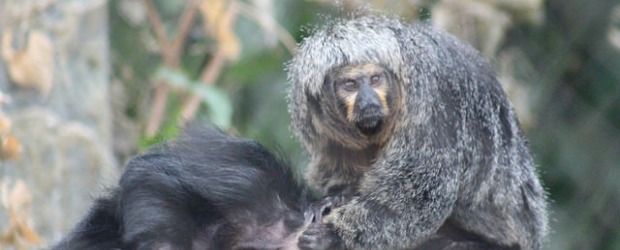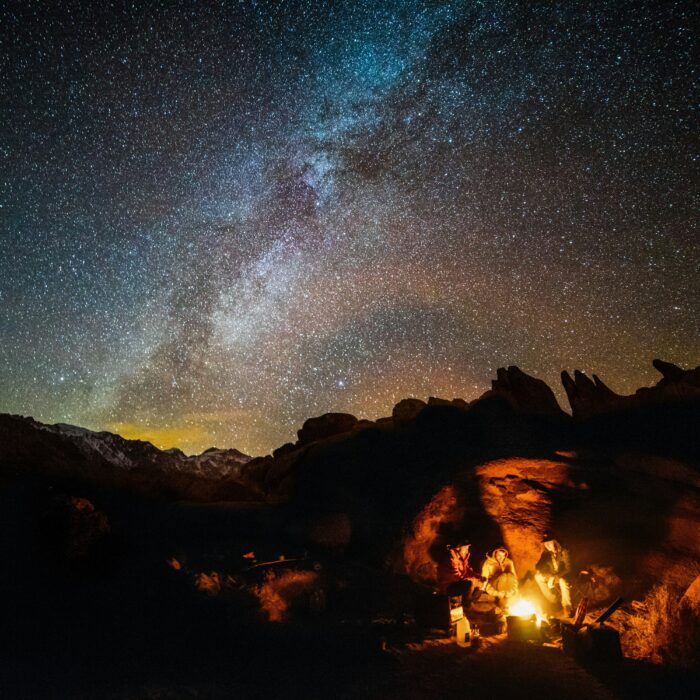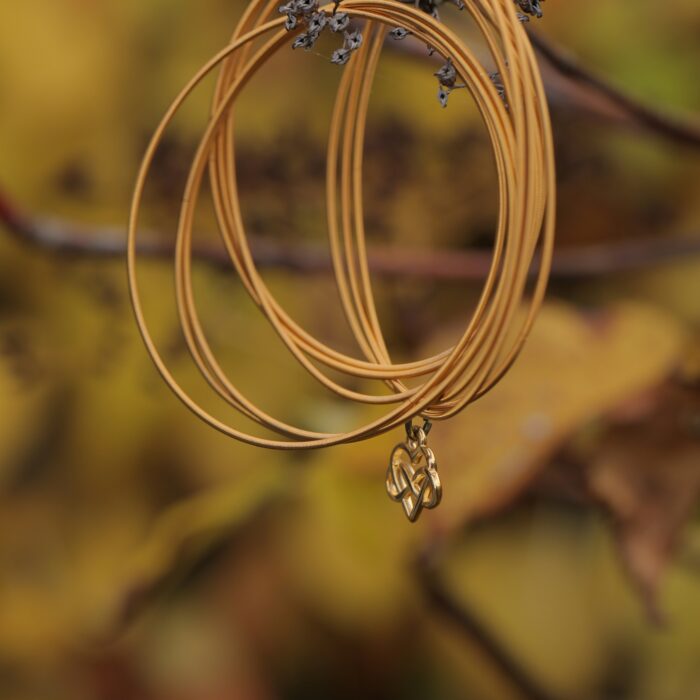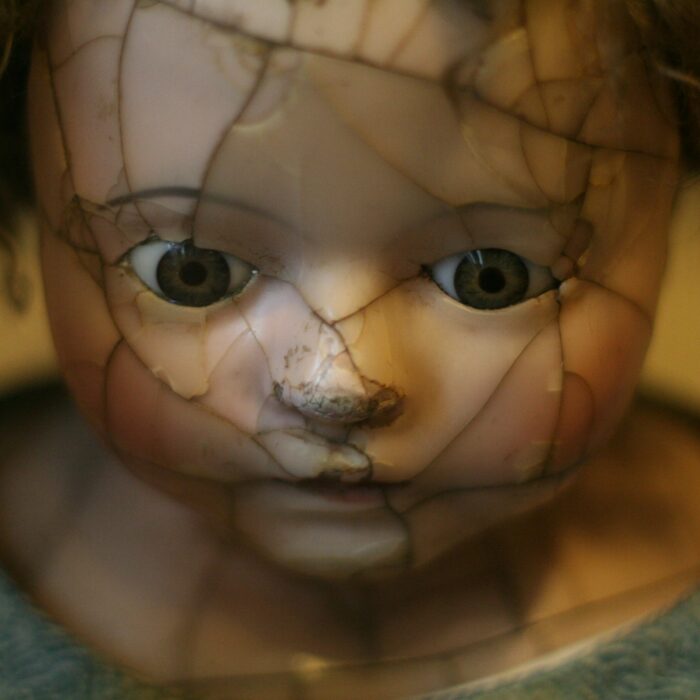You have no items in your cart. Want to get some nice things?
Go shopping
For sale: Loving home needed for sixteen elderly monkeys [nb. amateur collectors or those looking for exotic pets need not apply; the following is intended for serious zoologists, ecologists or preservationists only]. Current on shots and wormed. Not suitable for houses with children. Will waive price if all conditions are met:
I need to find a suitable home for a troop of howler monkeys (to be specific, a mixture of alouatta palliata, the mantled howler, and alouatta nigerrima, the Amazon black howler). I have been the custodian of these howler monkeys for close to ten years, ever since I inherited them (along with Rothgarden Hall and its estate) from my grandfather, but I cannot carry on any longer.
At first, I thought it was a kind of family joke, something my grandfather would tease me and my sister with whenever we visited Rothgarden Hall. An old tale, with no more truth in it than legends of wild beasts roaming the moors, and for many years I filed it away as something akin to stories about Father Christmas or the Easter Bunny, taken seriously only by young children and the feeble-minded. Yet now I confess I do not know what to believe.
After my parents’ early deaths I distanced myself from the old family home and those childhood memories, and by the time Rothgarden Hall passed to me I was living in Hong Kong and was happy to leave the day-to-day running of the estate to the old groundskeeper, Mr Campbell. It was only a couple of years ago, following the breakdown of my marriage, that I returned to the country home in Hampshire.
Despite the best efforts of Mr Campbell, the place was a mess, with dry rot, mould and mildew attacking several of the draughty corners of the house, while the east wing gardens had grown wild. A fine layer of dust covered everything, as though a thin, dark veil had been drawn across the past. The costs of maintaining the antique home, let alone restoring it to its former glories, was so prohibitive that after many months of worry and frantic last-ditch plans that have come to nothing, I have had no choice but to sell to the National Trust in the hope that they shall have more success in keeping something of my great-grandfather’s spirit alive (it was my grandfather’s grandfather, the renowned Victorian biologist Sir Reginald Marsters, who built the house, and also planted within the grounds the miniature enclosed forest in which the monkeys still live). Yet even after making the difficult decision to give up our ancestral home, I stayed moping about the house for much of the time, for I could not even begin wandering the grounds without being overcome by the beginnings of a migraine that could only ever be sated by several hours lying in a darkened room.
It was only a chance conversation with Mr Campbell that reminded me of the old stories. In truth, I have never been a fan of the monkeys – as a child, the few times I visited their enclosure I felt scared by the wild gibbering and hollering they would take up whenever they noticed they were being watched, and also by a suspicion I could never shake that they could somehow sense my fear. While we were going over the inventories in preparation for putting the house up for sale, I happened to ask the groundskeeper how many of them were still in the enclosure.
Mr Campbell gave me the strangest of looks. “Sixteen, of course.” He replied.
I remember remarking how peculiar it was that their number had never fluctuated. It was as if, I said, they had some kind of self-regulating breeding system which ensured that a new infant was only born when an elder monkey had died and therefore made space for it in the tribe. After all, there had been sixteen when I visited as a child, and according to family lore it was exactly sixteen howler monkeys that my great-grandfather brought back from his travels in South America.
Mr Campbell gave me another of those strange looks. “No, sir. They do not breed, remember?”
He was referring to the old stories about the monkeys, and I must admit I grew quite angry with him. The following morning – once I had apologised for my rash outburst – he asked me calmly if I wished to accompany him to the monkey enclosure for their first feed of the day. Reasoning that this would be one of my last chances to look around the grounds before I left them for good, I agreed to go with him.
What I saw did not unduly surprise me: sixteen howler monkeys, with dark tufty coats and scrunched-up faces, leaping between the branches and screeching for attention just as I remembered. But when Mr Campbell prompted me, I realized that he was right: I had never once seen a grey hair on any of them, and had never heard of one dying and being buried by the ash trees in the east wing of the garden (where my grandfather’s beloved dog and other family pets had been laid to rest).
As I said, I had assumed it was just a story, in the same way that I assumed the account of their discovery was apocryphal and fantastic. It was said that my great-grandfather discovered them during his explorations of the Amazon Rainforest, and that he found the tribe living quite apart from any other animals. Legend had it that my great-grandfather recognized that their fashioning of primitive tools in order to scrawl indecipherable runes in the bark of the trees nearby was uncharacteristic for their species, and also noted that these runes served (at least in part) to stop other animals from coming near the monkeys’ territory. The story goes on to recount that my grandfather lived among them for many years, observing their unusual habits, before having them transported back with him when he returned home, but I never gave it any credence. I assumed that, as was fashionable in his day, he had simply gone travelling and returned with a collection of rare and exotic animals that would help bolster his eccentric reputation amid local society.
“It’s like some kind of dreadful fairytale,” I said to Mr Campbell. “These cannot be the same monkeys that came over from South America 150 years ago.”
Mr Campbell just shrugged. After some time he spoke: “Some trees live thousands of years.” Then he went about the rest of his duties.
By strange coincidence it was only a few days later, while packing up and cataloguing a number of belongings in the house, that I came across my grandfather’s (unpublished) monograph on the subject. Though his conclusions are without doubt wholly fantastical, I feel it would be a serious misjudgement to embark upon this transition, as I like to think of it, without giving prospective owners an idea of his theories.
The first few pages of the monograph give an account of the creatures’ abilities as witnessed by Sir Reginald Marsters in South America, most notably that not only could they communicate through writing, but that they also knew how to make fire (apparently they used to gather around the bonfires they made and sit in silence staring at the flames). It then gives a summary of my great-grandfather’s experiments on various other species of howler monkey (with exhaustive samples from both the Alouatta palliata and Alouatta seniculus groupings, as well as other simians from the Atelidae subfamily), which confirmed that these sixteen howlers were unique among their kin, and did not appear to age (or, if they did, then not at a pace discernable to contemporary scientific methods). There follows extensive details (to be provided to the new owner along with the monkeys) of my grandfather’s own more recent genetic tests that supposedly ‘confirm’ that these monkeys are thousands of years old.
My grandfather then goes on to record his own theory, realized (his writings claim) after many years of studying them: these are not monkeys as we know them at all, but rather are the gods that are no longer believed in. He hypothesized that, in the same way that all living things need food, water and sunlight for nourishment, so gods rely on prayer, sacrifice and obedience to survive. When these faded away, the gods themselves shrivelled and grew hunched, their powers slowly fading, until they became the small, hairy creatures currently in my care. It is, he writes, like evolution in reverse.
He further notes that this is the only theory that might explain their abilities, as well as their enmity towards humans, since once gods have been cast aside by their worshippers – once their altars are destroyed and their temples ruined, once the libations they once demanded have disappeared and the devotion they gorged themselves on has ebbed – they are diminished and, over many centuries, they wither and shrink, while their powers to enact earthquake and flood dwindle away to almost nothing. Furthermore, he writes, their number must run to many hundreds (if not thousands), among them Zeus and his fellow Olympians, An and the Sumerian pantheon, Thor and his servants in Valhalla, the supreme Hummingbird God and the various serpent deities of the Aztecs, legions of Germanic and Celtic deities, as well as countless others whose names have long been forgotten. He surmised that these sixteen might therefore represent merely the tip of the iceberg, and he notes that it is his greatest disappointment that despite many decades of work he has not been able to identify the corresponding god for each simian.
In conclusion, he suggests that all of us, gods and beasts alike, live at least half our lives in other people’s memories. When the last of our family and friends are stolen from us, he writes, I am certain that each of us shall no longer exist as we are now, for we are bound to the earth by those we love, and we rely on them to remind us who we are – and so when we are no longer in the thoughts of others, we lose something of ourselves.
There the monograph ends. Reading the last section always fills me with an impossible sadness, and often makes me reconsider my decision – I could hardly bear to part with them were it not for the financial burden they have placed upon me. Now that Rothgarden Hall has been sold, I do not have the means to care for them. The cost of the upkeep can be considerable (it seems clear that these creatures can be expected to outlive their next owners, at the very least, and furthermore have a prodigious and demanding appetite), and so I shall only sell to those with a reliable source of income for the foreseeable future. In addition, grounds in excess of one acre will be given priority (in his monograph, my grandfather theorized that since they had experienced omnipresence in the distant past, they would find it hard now to settle to a small enclosure). Despite their loud nature (the howler is renowned for its volume, and my grandfather suggested that they rage constantly over the memory of their lost kingdoms), they have a strong affection for human company and being waited upon.
Serious enquiries and offers should be sent, along with a Curriculum Vitae, property plans and details of area of research specialization to PO Box 2713; interviews to take place on 15 & 16 February. No time-wasters please.

About Sam Meekings
Sam Meekings is a British poet and novelist. His novel, Under Fishbone Clouds, about the collision between myth and history in modern China, was called "a poetic evocation of the country and its people" by the New York Times. Meanwhile, the Scottish Review of Books said of his second novel that "The Book of Crows is a profound novel, and Meekings demonstrates a greater degree of ambition than some of his contemporaries." His work has appeared in the Edinburgh Review, New Books Magazine, Identity Parade: New British and Irish poets, V: New International Writing from Edinburgh, Textualities and One Magazine, among others.




